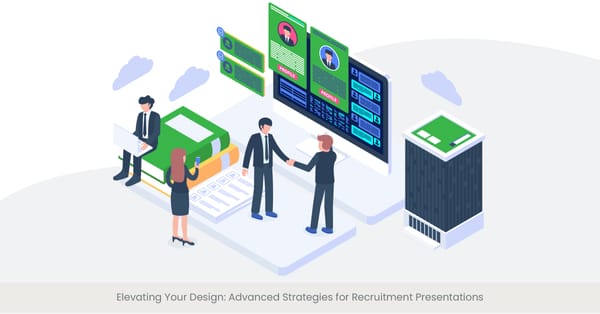
The Role of ATS (Applicant Tracking Systems) in Recruitment
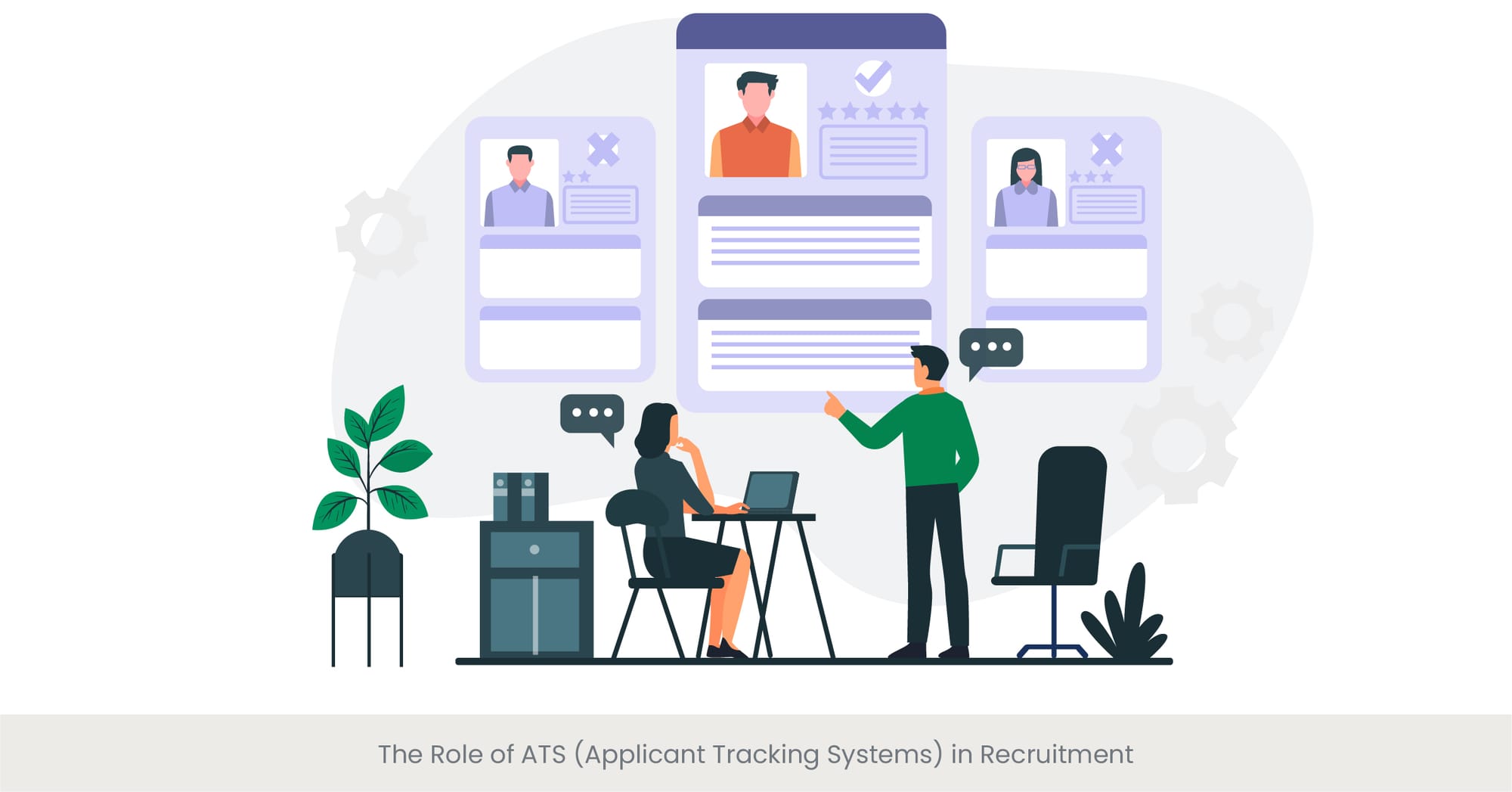
Introduction: The Evolution of Applicant Tracking Systems
Applicant Tracking Systems (ATS) have revolutionized the recruitment landscape, providing a streamlined, efficient approach to managing job applications. These systems are designed to help recruiters and hiring managers organize, filter, and communicate with potential candidates. As businesses strive to optimize their recruitment process, ATS has become a critical component in enhancing the efficiency and effectiveness of hiring practices, especially within the realm of online recruitment.
Background: Understanding ATS Functionality
An ATS automates the initial stages of the recruitment process by scanning resumes and applications for specific keywords and criteria. This technology not only saves time but also ensures that recruitment efforts are aligned with the company’s strategic objectives. Historically, ATS systems were rudimentary, focusing mainly on keyword matching. However, modern systems integrate advanced algorithms and machine learning techniques to better predict candidate suitability, enhancing the importance of e-recruitment strategies in acquiring top talent. Effective onboarding starts with an engaging onboarding presentation design. This is a crucial step to introduce new hires to the company culture, values, and expectations. A professional and inviting design ensures that new employees feel welcome and informed, laying the foundation for their success within the organization.
Real-World Application: ATS in Action
In practice, ATS systems are used by a range of industries across the globe. For example, large corporations use sophisticated ATS platforms to manage thousands of applications for multiple job openings simultaneously. These systems can prioritize applications based on relevance to the job criteria, streamlining the process and significantly reducing human bias. Additionally, ATS can be integrated with other digital tools such as LinkedIn or digital portfolios, providing a holistic view of a candidate’s qualifications and potential fit with the company culture.
Validating the Importance: Insights and Statistics
Studies and data underscore the importance of ATS in modern recruitment strategies. According to a recent survey, over 75% of large companies use some form of applicant tracking systems to support their hiring process. These systems are not only prevalent but also vital in managing the vast amount of data generated by online recruitment efforts. By automating routine tasks, ATS allows recruiters to focus more on engaging with qualified candidates, thereby optimizing the recruitment process and enhancing the overall candidate experience.
Online Hiring Strategy Decks
The success of digital recruitment hinges on a well-crafted online hiring strategy deck. These decks allow companies to present their recruitment plans, goals, and processes clearly and effectively. By utilizing visually appealing slides, these presentations can align your recruitment team and stakeholders, ensuring everyone is on the same page.
Enhancing Presentations with Digital Portfolios

Introduction: The Power of Digital Portfolios in Recruitment
Digital portfolios have become an integral part of modern recruitment processes, offering a dynamic platform for candidates to showcase their skills and achievements beyond the traditional resume. These portfolios allow for a richer presentation of a candidate's past work, including samples, case studies, and detailed project descriptions. For recruiters, digital portfolios provide a deeper insight into a candidate's capabilities, facilitating a more informed selection process.
Background: The Evolution and Significance of Digital Portfolios
Originally, portfolios were physical collections of work relevant to fields like art, writing, or design. However, the advent of digital technology has broadened their application across various industries, enabling professionals of all types to demonstrate their competencies effectively. Digital portfolios are particularly useful in digital recruitment, where the ability to quickly and efficiently assess skills online significantly impacts the decision-making process. They align well with the powerpoint presentation on online recruitment systems, illustrating candidates’ proficiency through a structured and impactful online presence.
Real-World Application: Success Stories and Current Trends
One notable example of digital portfolios making a difference is in the tech industry, where developers can present code samples, project summaries, and technical diagrams that highlight their expertise. Similarly, marketers utilize digital portfolios to display past campaigns, analytics, and creative content. The increasing use of these tools in recruitment has been pivotal in driving the importance of e-recruitment. Moreover, integrating these portfolios into ATS or enhancing them with video presentations can offer recruiters a more holistic view of potential candidates, ultimately influencing their hiring decisions.
Online Hiring Strategy Decks
A leading financial institution revamped its online hiring strategy decks by incorporating data-driven insights and visual storytelling. By adopting this innovative approach, the company significantly improved engagement during recruitment presentations, helping HR teams clearly convey the value proposition and attract top-tier candidates.
Validating the Importance: Data-Driven Insights
Research indicates that candidates with comprehensive digital portfolios tend to secure positions more efficiently than those without. A survey highlighted that 60% of hiring managers prefer candidates who can provide a digital portfolio, as presenting it directly demonstrates their applied skills and creativity. Furthermore, these portfolios facilitate a more engaging and interactive presentation, resonating well with the formats preferred in modern business environments, including editable powerpoint templates google slides and dynamic google slides.
Utilizing Social Media in Recruitment Strategies
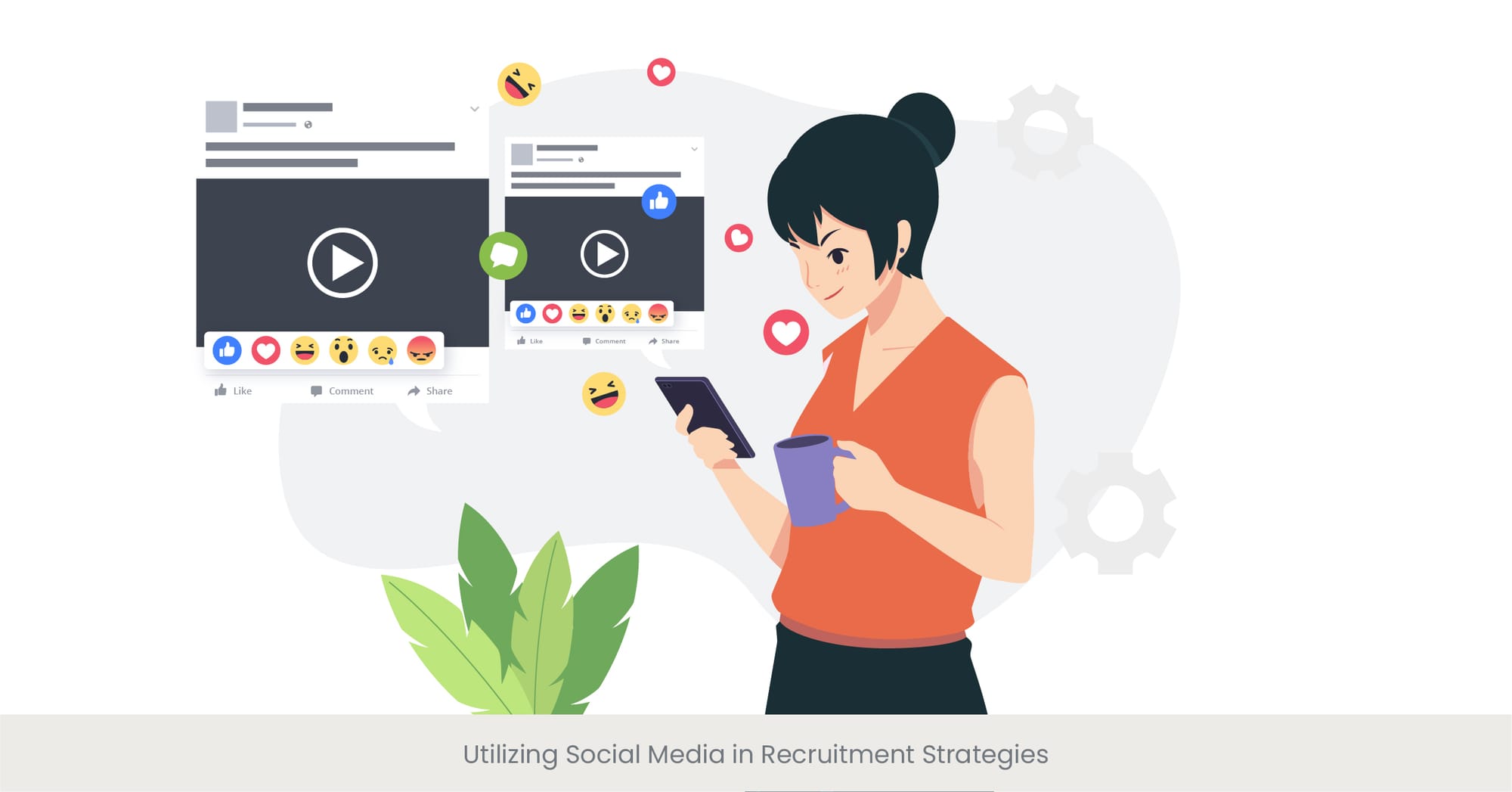
Introduction: The Expanding Role of Social Media in Recruitment
Social media has become an indispensable tool in the recruiter's toolkit, offering a unique platform for engaging directly with potential candidates. By leveraging various social media channels, companies can not only advertise job openings but also build their brand and attract top talent. The interactive nature of these platforms allows for a more dynamic and personal approach to recruitment, aligning perfectly with the needs and benefits of modern online recruitment strategies.
Background: The Dynamics of Social Media in Recruitment
The use of social media in recruitment has evolved from merely posting job ads to creating comprehensive campaigns that enhance employer branding and engage prospective employees. Platforms like LinkedIn, Twitter, and Facebook enable recruiters to tap into vast networks of professionals and use targeted advertising to reach specific demographics. The integration of these platforms with ATS and the powerpoint presentation on online recruitment systems further streamline the recruitment process, ensuring a seamless transition from attraction to application.
Real-World Application: Case Studies and Trends
For instance, a technology startup recently launched a recruitment campaign on LinkedIn that utilized interactive content and real-time engagement strategies to attract software developers. This approach not only increased the visibility of their job openings but also attracted a higher quality of applicants. Moreover, companies are now using Instagram and Snapchat to target younger demographics, showcasing their company culture premium product, through stories and behind-the-scenes content, which plays a significant role in the decision-making e recruitment process for potential candidates.
Validating the Importance: Statistics and Impact
According to recent studies, over 70% of companies say that social media has become a necessary part of their recruitment strategy. The data suggests that recruitment campaigns on social media reduce the time-to-hire by 30% and improve the quality of candidates by 49%. These statistics highlight the critical role of social media in modern recruitment practices and its effectiveness in reaching more people and attracting better talent.
Looking for more resources on digital recruitment? Download our free guide on creating impactful recruitment presentations and ATS integration today.
Webinars and Virtual Job Fairs: Expanding Reach
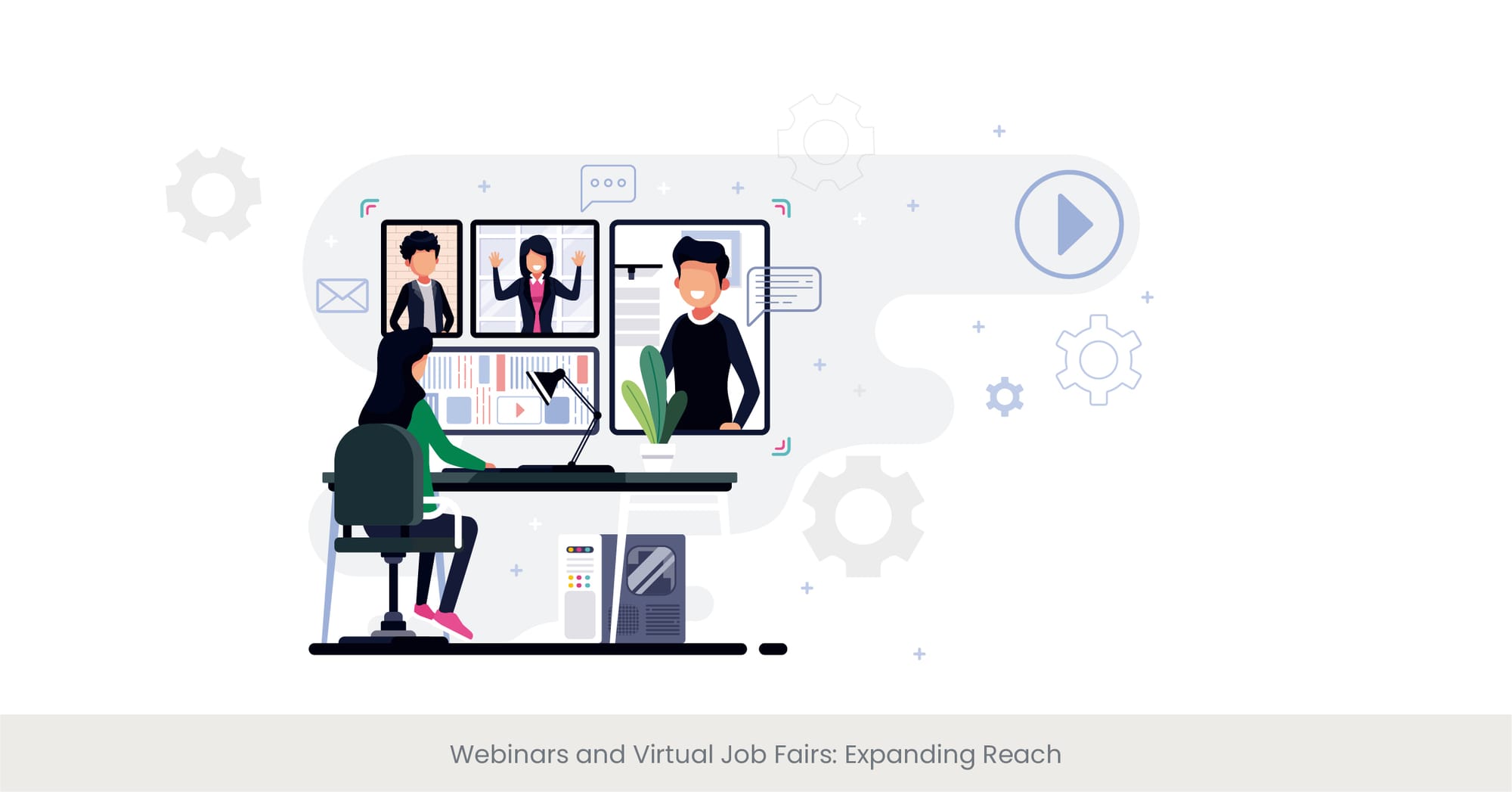
Introduction: Embracing Virtual Events in Recruitment
Webinars and virtual job fairs have become essential components of the digital recruitment landscape, offering a versatile platform for companies to expand their reach and connect with potential candidates globally. These virtual events not only facilitate the powerpoint presentation of companies to a wider audience but also allow for interactive and engaging experiences, crucial for attracting top talents and enhancing the powerpoint presentation on online recruitment system.
Background: The Rise of Virtual Recruitment Events
With advancements in technology and the increasing need for remote interactions, virtual job fairs, presentations and webinars have gained significant popularity. These events serve as an efficient alternative to traditional, in-person job fairs, and save time by eliminating geographical and logistical barriers. They provide an excellent opportunity for recruiters to present their company, discuss open positions, and interact with potential candidates in real-time, making full use of collaborative tools and presentation software like Google Slides and PowerPoint.
Real-World Application: Success Stories in Virtual Recruitment
Many organizations have successfully implemented such formats of virtual job fairs to target specific industries or skill sets. For example, a multinational tech company conducted a series of webinars targeting software engineers, which featured presentations from current employees and Q&A sessions. This approach not only informed potential candidates about the company and its culture but also allowed for immediate downloads of application forms and job descriptions, significantly speeding up the recruitment process.
Validating the Importance: Impactful Statistics
Data from recent industry reports indicates that virtual job fairs can increase candidate engagement by up to 40% compared to traditional methods. Additionally, companies have noted a 50% reduction in cost per hire when using these digital methods. The ability to record these sessions and offer them as free downloads or on-demand content further enhances the accessibility and reach of such events, proving the effectiveness of integrating webinars and virtual job fairs into a comprehensive digital recruitment strategy.
Mobile Optimization: Designing for Different Devices
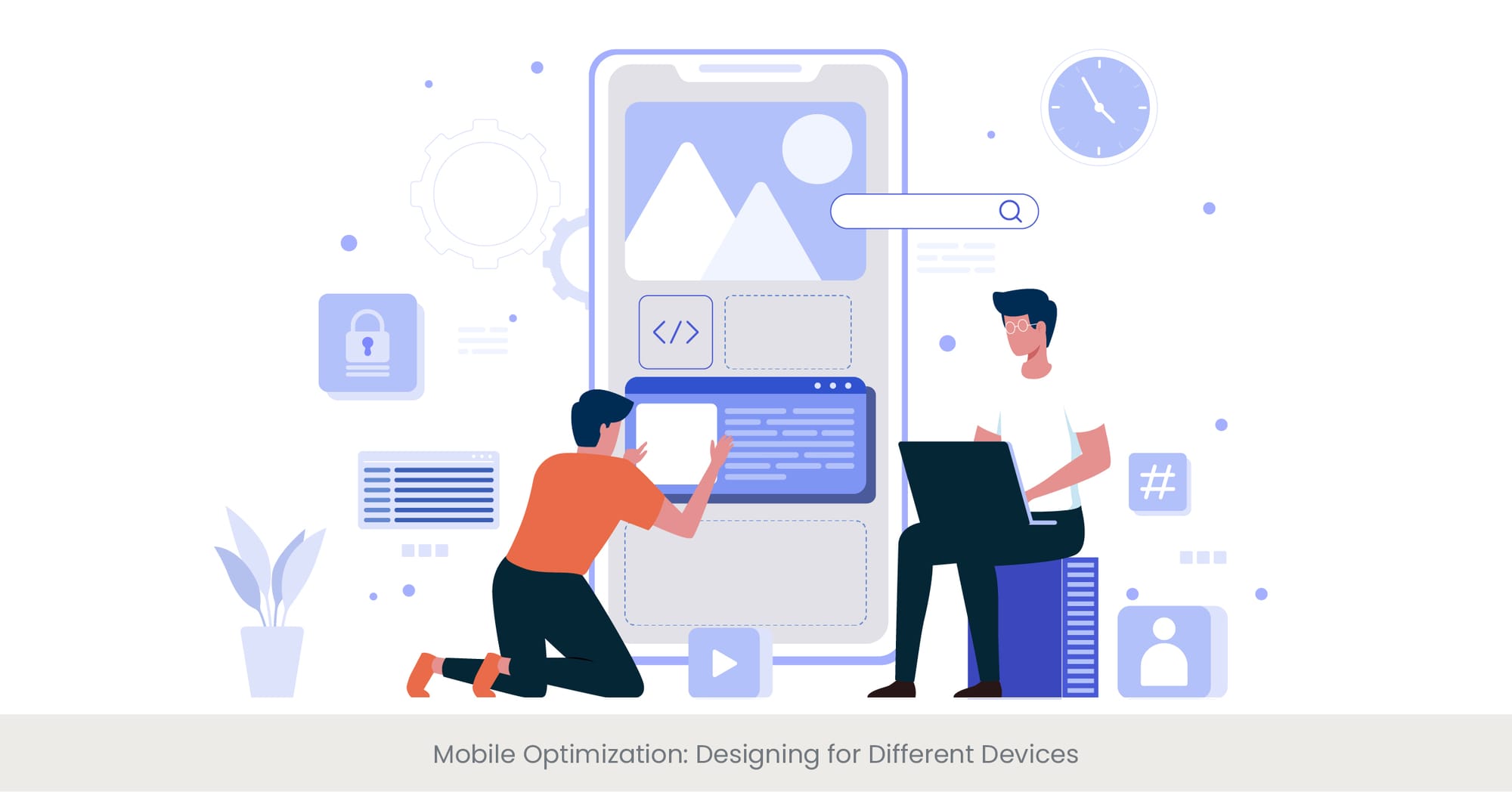
Introduction: The Necessity of Mobile Optimization in Recruitment
In today’s fast-paced digital world, mobile optimization is crucial for any online recruitment and strategy aiming to attract and engage top talents. With the increasing use of smartphones and tablets for job searching and application processes, ensuring that online recruitment systems are compatible across different devices is not just an advantage but a necessity. This focus on mobile-friendly design helps in presenting a more accessible and effective online recruitment and experience for candidates on the go.
Background: Understanding Mobile Optimization
Mobile optimization involves designing online content and functionalities to be easily accessible and user-friendly on mobile devices. This includes simplifying navigation, speeding up load times, and making sure that all features, from job listings to application forms, are operable on smaller screens. Historically, many online systems were designed primarily for desktop use, but the shift towards mobile has been rapid, driven by the broader trends towards mobile internet usage in all aspects of business and personal life.
Real-World Application: Effective Mobile Recruitment Strategies
An illustrative case study is a retail company that redesigned its career page for mobile users, resulting in a 35% increase in job applications submitted via mobile devices. The company used responsive design templates with graphics and icons that adapted to any screen size, integrated with streamlined forms and templates and fewer input fields to enhance the mobile user experience. Additionally, they implemented features like "one-click apply" through LinkedIn or free resume upload via cloud storage, simplifying the application process for mobile users.
Validating the Importance: Insights and Statistics
Statistics reveal that over 60% of job seekers now use their mobile devices to look for job openings, and a significant portion of these users abandon websites that are not mobile-friendly. Companies that have optimized their recruitment processes for mobile devices report a 50% increase in candidate engagement. Such data underscores the critical role of mobile optimization in enhancing the recruitment process, ensuring that companies can effectively reach and engage potential candidates in today’s mobile-centric world.
Stay ahead of the curve! Check out our latest blogs on innovative recruitment strategies, presentation tips, and more to keep your hiring process fresh and engaging.
Integrating Video Interviews and Presentations
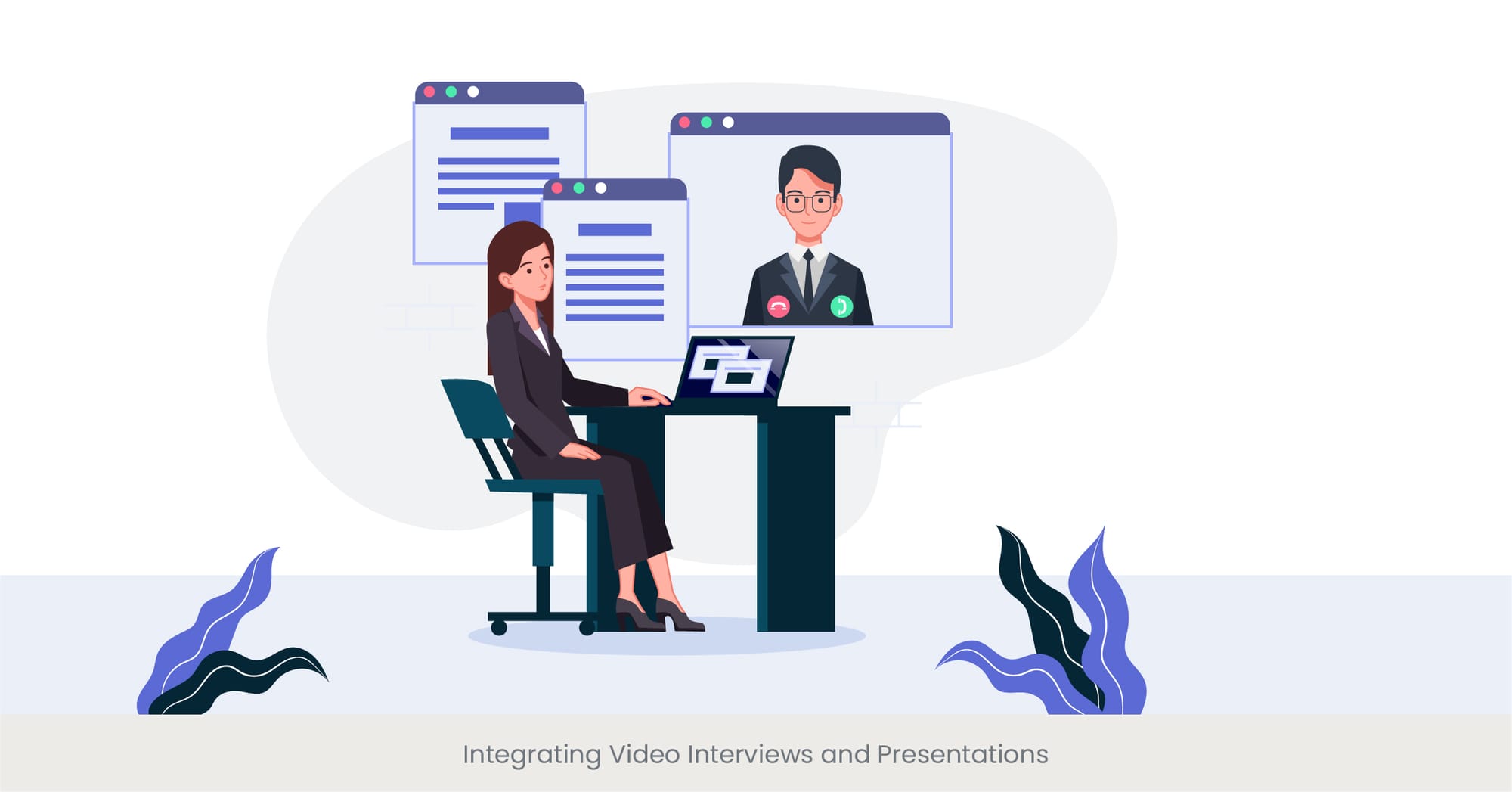
Introduction: Revolutionizing Recruitment with Video Technology
Video interviews and presentations have become integral to the digital recruitment process, transforming how companies connect with and assess potential candidates. This integration not only streamlines the interviewing process but also provides a dynamic way to present company culture and expectations through engaging multimedia content. Utilizing video technology allows for a more personal interaction, bridging the gap between traditional in-person interviews and the demands of modern online recruitment.
Background: The Evolution of Video in Recruitment
Historically, recruitment processes were limited to face-to-face interactions or voice calls, but the advent of video technology has changed this landscape dramatically. Platforms like Zoom, Skype, and dedicated video interview software have made it possible to conduct thorough interviews remotely, saving time and resources for both recruiters and candidates. This shift not only reflects the growing reliance on digital communication tools but also aligns with the increasing demand for flexible, efficient recruitment methods.
Real-World Application: Video Technology in Action
A prime example of the effectiveness of video in recruitment is seen in a global consulting firm that implemented video interviews as a standard first step in their hiring process. This approach allowed them to efficiently screen a large volume of candidates from various geographical locations, focusing on those who best fit the company’s needs. Additionally, the firm utilizes customized presentation templates to convey their brand and values during interviews, ensuring that candidates receive a consistent and professional experience.
Validating the Importance: Data and Impact
According to recent surveys, 80% of hiring managers believe video interviews help them better assess candidate suitability before progressing to more time-intensive engagement steps. Furthermore, companies using video interviews have reported a 30% faster hiring process compared to traditional methods. The statistics emphasize the strategic advantage of integrating video into recruitment processes, making it a crucial element in modern digital hiring practices.
Ready to take your digital recruitment presentations to the next level? Get in touch with our experts today and explore how INK PPT can transform your hiring process with tailored presentations and recruitment strategies.
Data Security and Privacy in Digital Recruitment
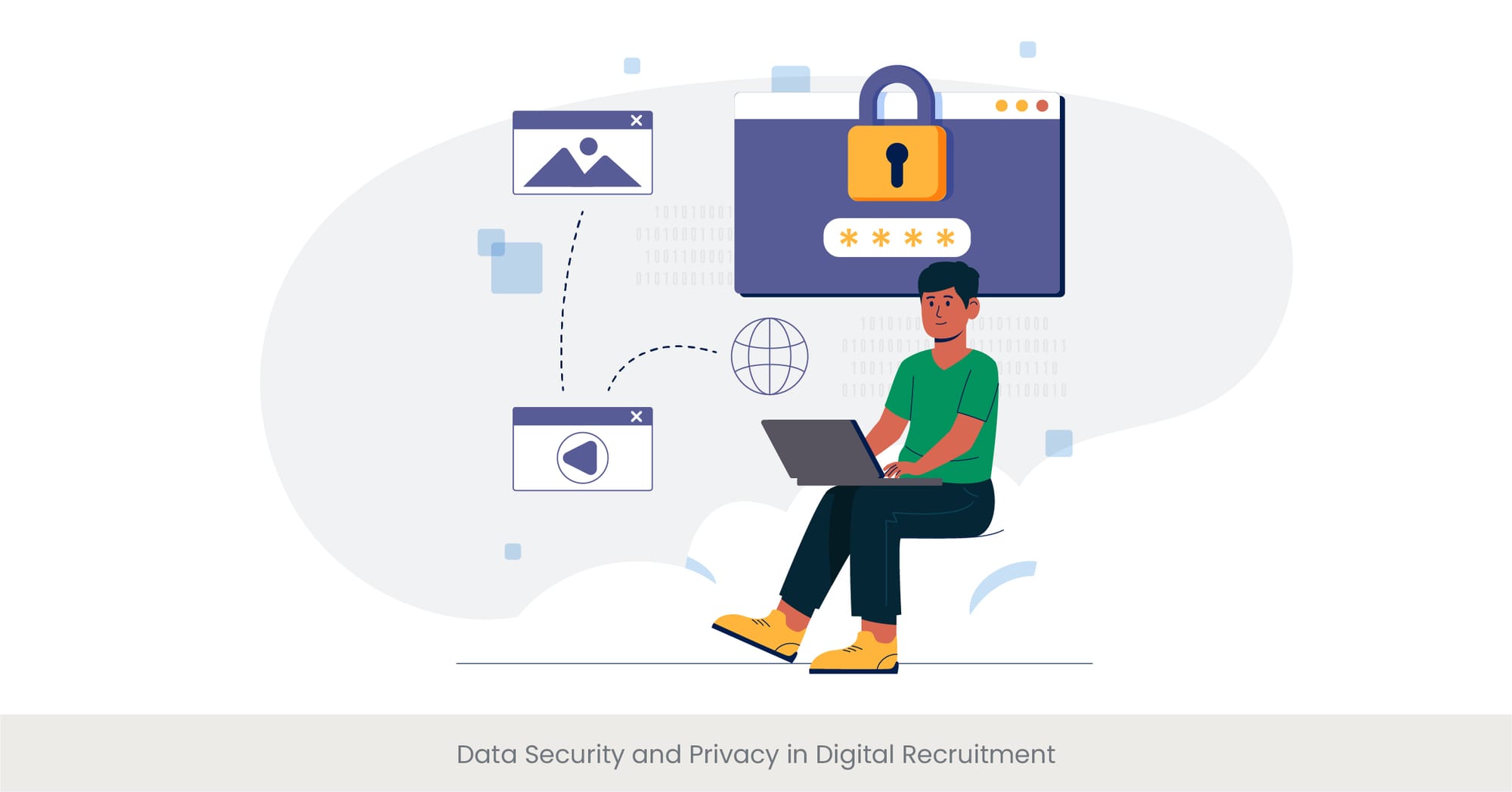
Introduction: Prioritizing Security in Online Recruitment
In the digital age, data security and privacy are paramount, especially in the recruitment sector where sensitive personal information is routinely processed, downloaded and stored. Ensuring the integrity and confidentiality of candidate data not only protects applicants but also reinforces a company's reputation as a trustworthy employer. This commitment to security is critical in sustaining effective online recruitment systems and maintaining compliance with global data protection regulations.
Background: The Importance of Data Protection in Recruitment
The recruitment process inherently involves the collection, storage, and analysis of large volumes of personal data, including contact information, educational backgrounds, and employment history. With the rise of online recruitment platforms, the potential for data breaches and unauthorized access has increased significantly. As such, robust data security measures are essential to prevent potential legal and reputational risks. Implementing comprehensive data protection policies, encryption technologies, and secure servers are just a few ways businesses safeguard this information.
Real-World Application: Implementing Robust Security Measures
A notable example of the benefits and advantages of effective data security in digital recruitment can be seen in a tech company that recently overhauled its ATS to include end-to-end encryption and multi-factor authentication. This upgrade significantly reduced the organization' risk of data breaches, ensuring that candidate information remains secure throughout the recruitment process. Furthermore, the company conducts regular security audits and provides training to its HR team on data protection best practices, highlighting the importance of security in their operational protocols.
Validating the Importance: Statistics and Regulatory Compliance
Statistics indicate that over 50% of businesses have experienced some form of a data breach involving personal information in the past year, underscoring the critical need for enhanced security measures in recruitment. Moreover, compliance with regulations such as the GDPR in Europe and similar laws in other regions has prompted companies to prioritize data security more than ever before. Firms that adhere to these standards not only avoid hefty fines but also build stronger relationships with candidates by protecting their personal information.
Analytics: Measuring Digital Recruitment Success
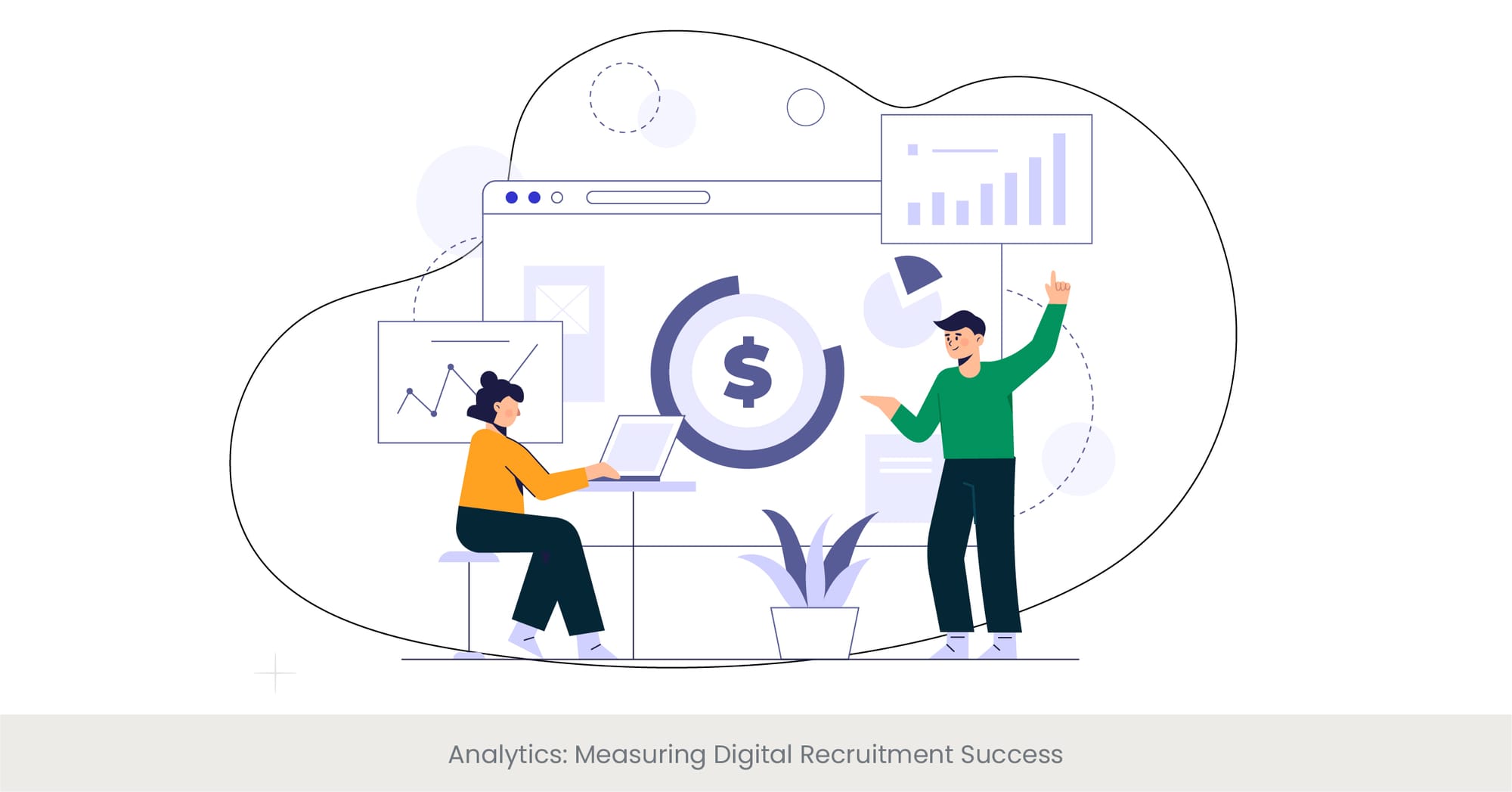
Introduction: Leveraging Analytics in Recruitment
Analytics has transformed how companies measure and enhance their recruitment strategies, providing vital insights that drive decision-making and improve outcomes. By harnessing the power of data, businesses can track the effectiveness of their online recruitment efforts, optimize their processes, and ultimately secure top talent more efficiently. This data-driven approach is essential for refining recruitment tactics and aligning them with the company’s broader strategic goals.
Background: The Role of Analytics in Modern Recruitment
Recruitment analytics involves the systematic analysis of data gathered throughout the recruitment process. This can include metrics such as time-to-hire, cost-per-hire, source of hire, and candidate engagement levels. The evolution of analytics has allowed HR teams to move beyond intuitive decision-making to a more evidence-based approach, using sophisticated tools and software to gather actionable insights. These tools often integrate seamlessly with existing ATS and digital recruitment platforms, enhancing their utility.
Real-World Application: Analytics in Practice
For example, a healthcare provider used analytics to reassess its recruitment strategy, identifying inefficiencies in its sourcing channels. By analyzing the data, they discovered that certain recruitment platforms performed significantly better than others, prompting a reallocation of resources that resulted in a 20% decrease in hiring costs and a shorter time-to-hire. Additionally, analytics enabled the company to better understand candidate behaviors and preferences, leading to more targeted and effective recruitment campaigns.
Validating the Importance: Impactful Data and Trends
Research shows that organizations that use analytics in recruitment are three times more likely to improve their hiring processes and twice as likely to improve their recruitment outcomes. Such statistics not only validate the impact of analytics on recruitment efficiency but also highlight its role in strategic talent acquisition. Moreover, as the digital landscape evolves, the use of analytics becomes increasingly important in staying competitive and adapting to changing candidate expectations and market dynamics.
Digital Recruitment Presentations
The use of digital recruitment presentations is transforming how hiring managers communicate job opportunities. By integrating interactive features, these presentations allow candidates to get a better understanding of their potential roles and the company’s environment. Digital tools help HR professionals track engagement, optimizing the presentation for future recruitment drives.
Looking to elevate your recruitment presentations and make a lasting impression on top talent? Let INK PPT's expert team design customized presentation strategies that reflect your company’s strengths and values. Contact us today to learn how we can help you attract and engage the best candidates!
Emerging Technologies: VR and AR in Recruitment
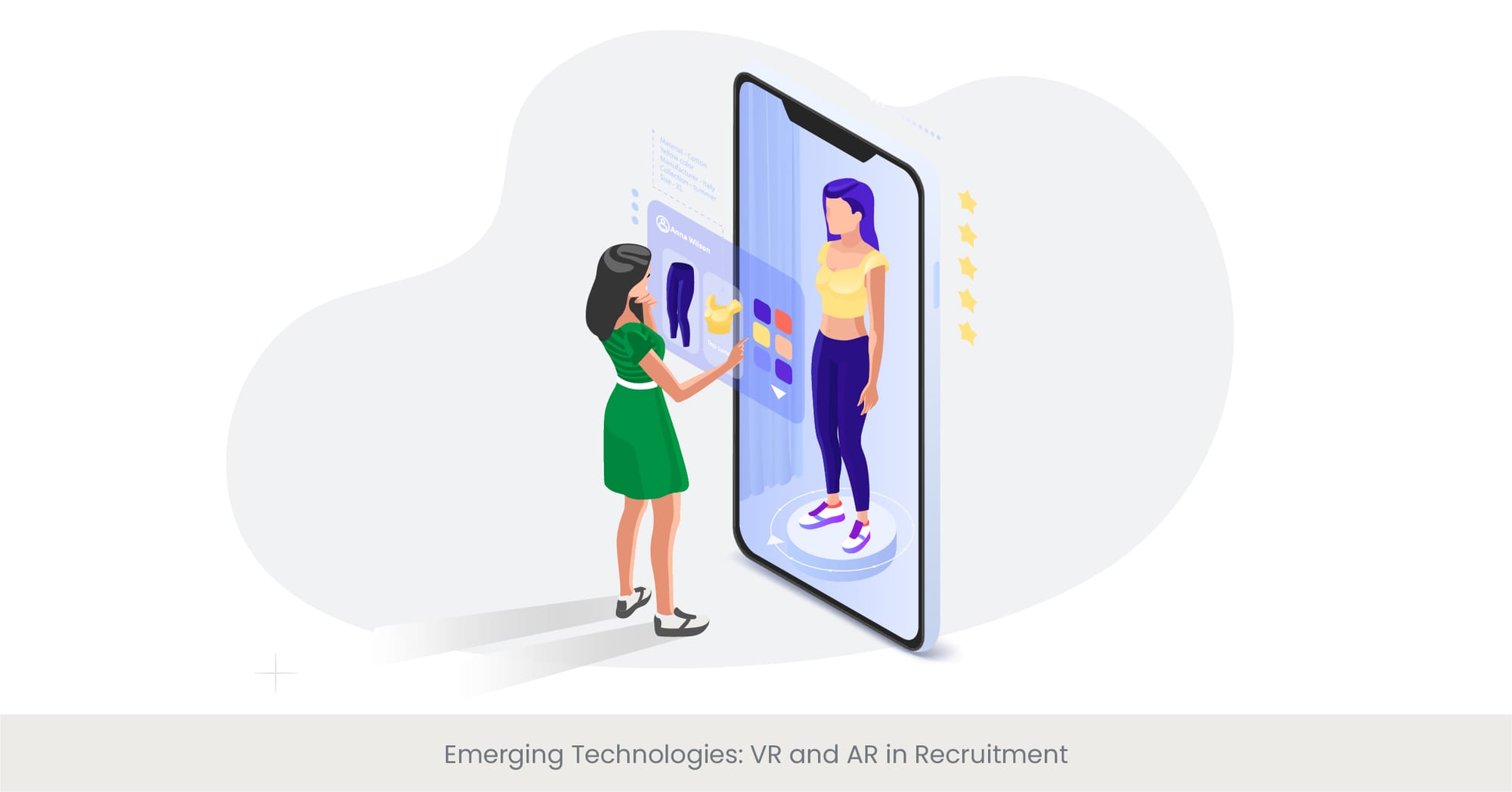
Introduction: The Future is Here with VR and AR in Recruitment
Virtual Reality (VR) and Augmented Reality (AR) are reshaping the recruitment landscape by introducing immersive and interactive experiences that enhance both the recruiter's and candidate's journey. These technologies offer innovative ways to engage potential candidates, providing them with a virtual taste of the company culture and workplace, and allowing them to experience real job scenarios before even stepping foot in the office. This high-tech approach not only attracts attention but also significantly boosts a company's appeal to tech-savvy candidates.
Background: Understanding VR and AR Applications in Recruitment
VR and AR in recruitment are about creating a more engaging and realistic experience for candidates. VR allows individuals to immerse themselves in a simulated environment, such as a virtual office tour or a day-in-the-life experience at the company. AR, on the other hand, overlays digital information onto the real world, which can be accessed through devices like smartphones or AR glasses. These technologies were initially popular in sectors like gaming and entertainment but have now found significant applications in recruitment, driving innovation in how companies present themselves and interact with potential employees.
Real-World Application: Case Studies of VR and AR in Recruitment
One notable example is a tech corporation that implemented VR to conduct virtual office tours during recruitment drives, allowing candidates to explore their future working environment from anywhere in the world. This initiative not only enhanced their employer branding but also enabled candidates to feel more connected to the company culture. Similarly, another firm used AR during job fairs to showcase their workplace by having candidates point their devices at a brochure, which then displayed a 3D model of their office building and current employees discussing their roles.
Validating the Importance: Data-Driven Insights
Emerging data suggests that companies using VR and AR in recruitment have seen a 30% increase in candidate engagement. Moreover, these technologies help in reducing the time to hire by providing candidates with a comprehensive understanding of the job and the company culture upfront, thereby speeding up the decision-making process. This tech-forward approach not only positions companies as innovative leaders but also significantly enhances the candidate experience, making it a win-win for both parties.
Digital Etiquette: Best Practices for Online Interactions
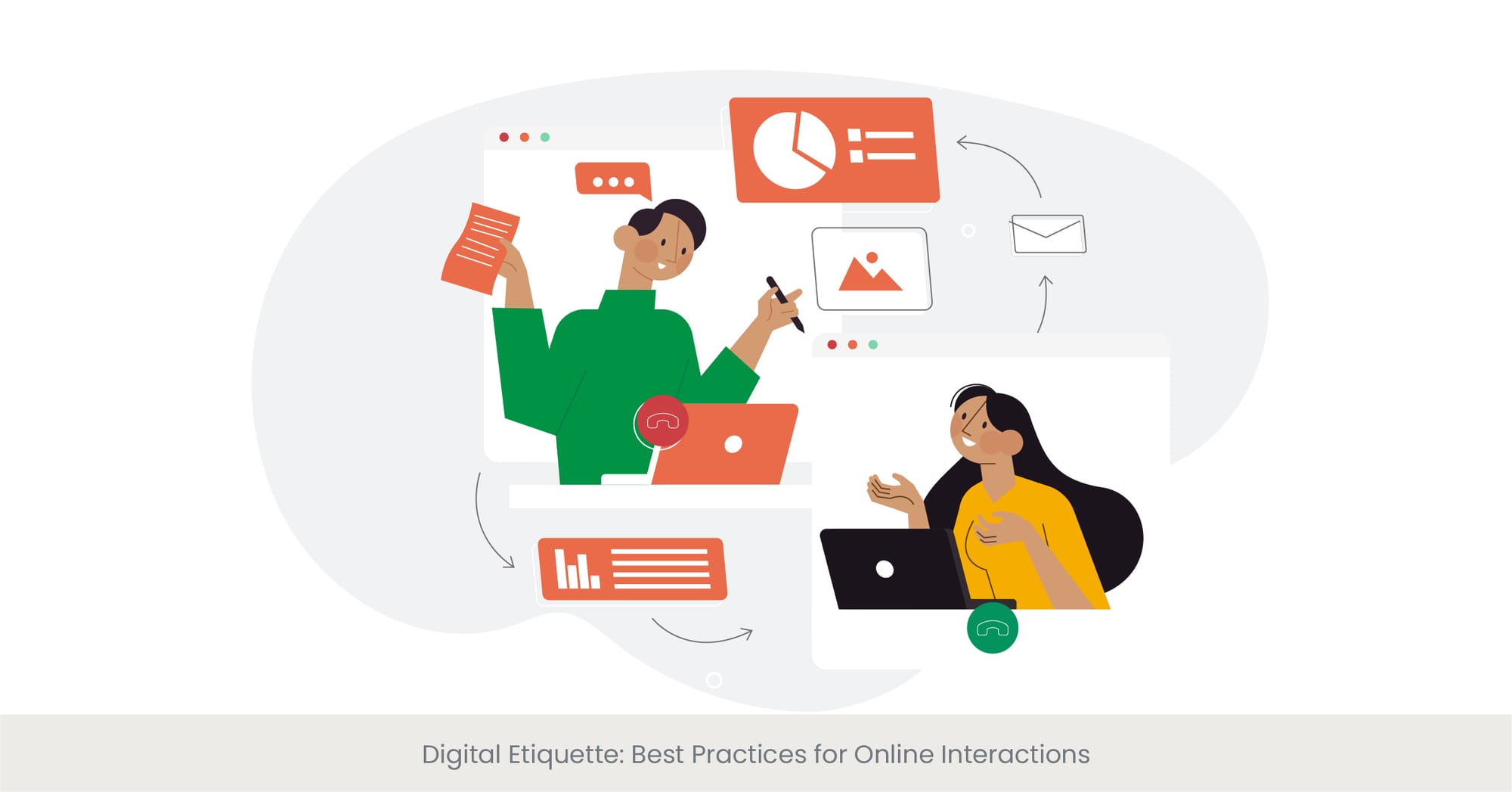
Introduction: The Importance of Digital Etiquette in Recruitment
Digital etiquette, or netiquette, is increasingly critical in the realm of digital recruitment. As interactions between candidates and employers shift online, maintaining professionalism and courtesy across all digital platforms is essential. This not only reflects well on the employee and company’s brand but also ensures that communications are clear, respectful, and effective, fostering a positive online recruitment experience for everyone involved.
Background: Key Elements of Digital Etiquette
Digital etiquette encompasses a range of practices, including timely responses to emails, clear and concise communication, appropriate use of language, and understanding the informal rules of various communication platforms, such as LinkedIn or email. These standards help prevent misunderstandings and build a professional image that attracts top talent. Proper digital etiquette is especially important during online interactions like video interviews or when managing communications through collaborative tools like Google Slides or editable PowerPoint templates.
Real-World Application: Implementing Best Practices
For example, a leading marketing firm has established specific guidelines for digital interactions during all stages graphic their recruitment process. This includes training recruiters on the importance of maintaining a professional tone in emails, the appropriate use of emojis and gifs in message them, and strategies for engaging effectively in virtual meetings. These practices have not only improved the efficiency of their recruitment process but also enhanced candidate satisfaction, as they feel more valued and respected throughout the process.
Validating the Importance: The Impact of Digital Etiquette
Surveys indicate that companies adhering to good digital etiquette are perceived as more attractive employers. About 65% of candidates report that their perception of a potential employer significantly improves when they experience positive online interactions during the recruitment and interview process. Furthermore, maintaining good digital etiquette reduces the likelihood of miscommunications and enhances the overall efficiency of the recruitment process, making it a crucial aspect of modern recruitment strategies.
Conclusion: Embracing the Future of Digital Recruitment
Digital recruitment has fundamentally reshaped the landscape of hiring, introducing a suite of innovative tools and technologies that enhance the recruitment process. From Applicant Tracking Systems (ATS) that streamline candidate management to the use of augmented and virtual reality for immersive job previews, the integration of online systems into recruitment practices offers both challenges and vast opportunities.
The evolution towards digital-centric recruitment strategies reflects broader business and societal shifts towards online interactions and mobile connectivity. Companies that embrace these changes by adopting advanced technologies, optimizing business itself for mobile users, and maintaining high standards of digital etiquette are more likely to attract and retain top talent. Furthermore, the strategic use of analytics allows businesses to continuously refine their recruitment efforts, making data-driven decisions that improve efficiency and effectiveness.
As the digital landscape continues to evolve, the importance of security, privacy, and ethical considerations becomes more pronounced. Companies must not only invest in technology but also prioritize the protection of candidate data and uphold high standards of transparency and respect in every interaction.
In conclusion, the future of recruitment is here, and it is digital. By leveraging online systems, embracing emerging technologies, and adhering to best practices in digital interactions, companies can achieve greater reach and impact in their recruitment efforts, setting the stage for long-term success in the global talent marketplace.
Hiring strategy presentations are essential in shaping how candidates perceive the company. A comprehensive, visually cohesive strategy deck ensures that the recruitment process is transparent and professional. By implementing best practices in presentation design, organizations can attract, engage, and retain top talent while staying competitive in the hiring landscape.
FAQs
1. What are the two most interesting benefits that you learned about e-recruiting?
E-recruiting dramatically reduces the time and cost associated with the hiring process. By leveraging free online platforms, templates and tools, companies can reach a broader pool of candidates and screen applications more efficiently, leading to faster hires at a reduced cost.
2. Why has Internet recruiting become so important?
Internet recruiting has become vital as it allows companies to access a larger audience and more diverse talent pool beyond geographical limitations. Additionally, it enables faster communication and more efficient processing of applications, which is crucial in a competitive job market.
3. Why is recruiting so important?
Recruiting is essential because it directly impacts an organization's top position and ability to achieve its goals and grow. The quality of employees a company hires influences its top position, innovation capacity, culture, productivity, and overall business success.
4. What is the most important disadvantage or advantages of using e-recruiting methods?
The most significant disadvantage of e-recruiting can be the volume of unqualified candidates. As applying for jobs online is free and often straightforward, recruiters may receive a large number of applications, which can be time and money-consuming to sift through.
5. How do you do when presenting a presentation for recruitment?
A recruitment presentation should be engaging and informative, showcasing the company culture, values, and benefits. Utilize multimedia elements like videos and slides, and be clear about the roles and expectations. It’s crucial to tailor the theme of the presentation to the audience to maintain relevance and engagement.
6. How do I professionally present a PowerPoint slide or presentation?
To present your slides and convey your message in a PowerPoint professionally, ensure the slides are clear, concise, and visually appealing. Use consistent formatting and limit the amount of text per slide. Practice your delivery to maintain a steady pace and engage with your audience through eye contact and interactive elements.
7. How can I make google slides in my PowerPoint presentation beautiful online?
Enhance your PowerPoint presentation by using high-quality images, consistent fonts, and a cohesive color scheme. Incorporate charts, graphs, and infographics into slide show to present data attractively. Tools like PowerPoint’s Design Ideas feature can also help in automating the design process for an aesthetically pleasing slide setup template.
8. How do you make a PowerPoint presentation slide look so impress really good?
To make slides in a PowerPoint presentation look good and impress others, focus on simplicity and visual balance. Use high-quality graphics and avoid cluttering slides with too much information. Employ animations and transitions judiciously to enhance the presentation without distracting from the content.
9. How many slides should a 10-minute presentation be?
A 10-minute presentation should ideally have between 10 slides to 15 slides. This allows enough time to explain each slide without rushing, ensuring that the audience can absorb the information presented effectively.

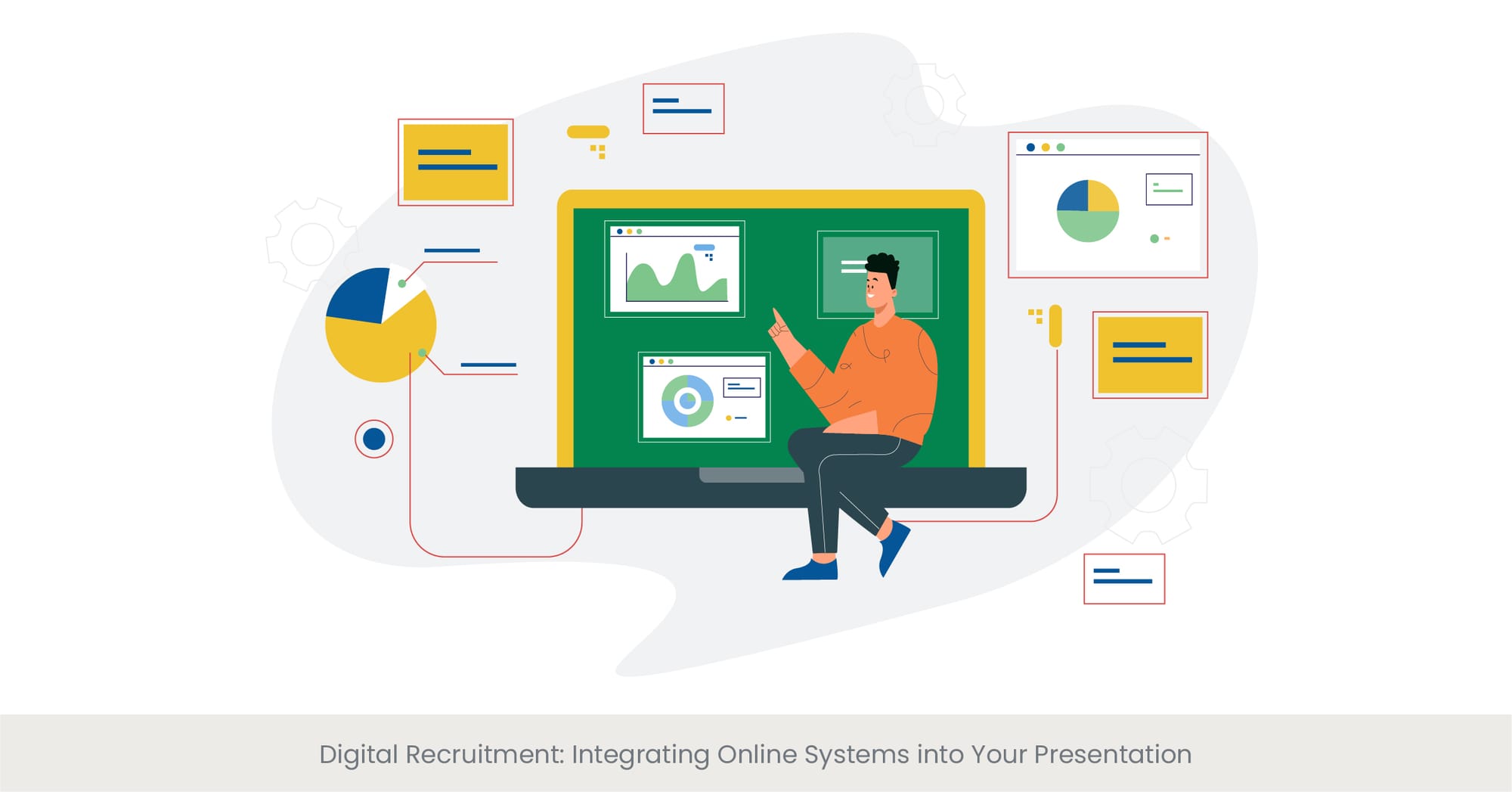

%20(1).jpg)
%20(1).jpg)


